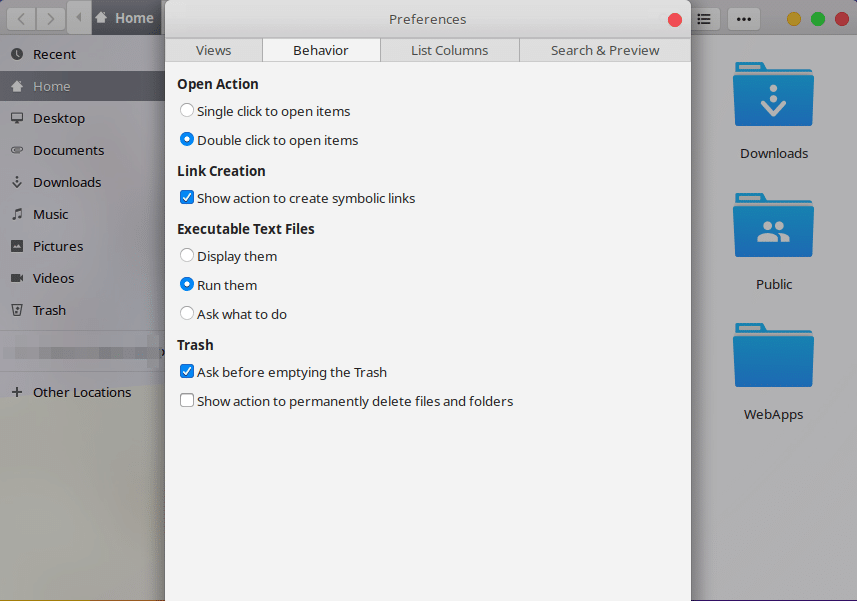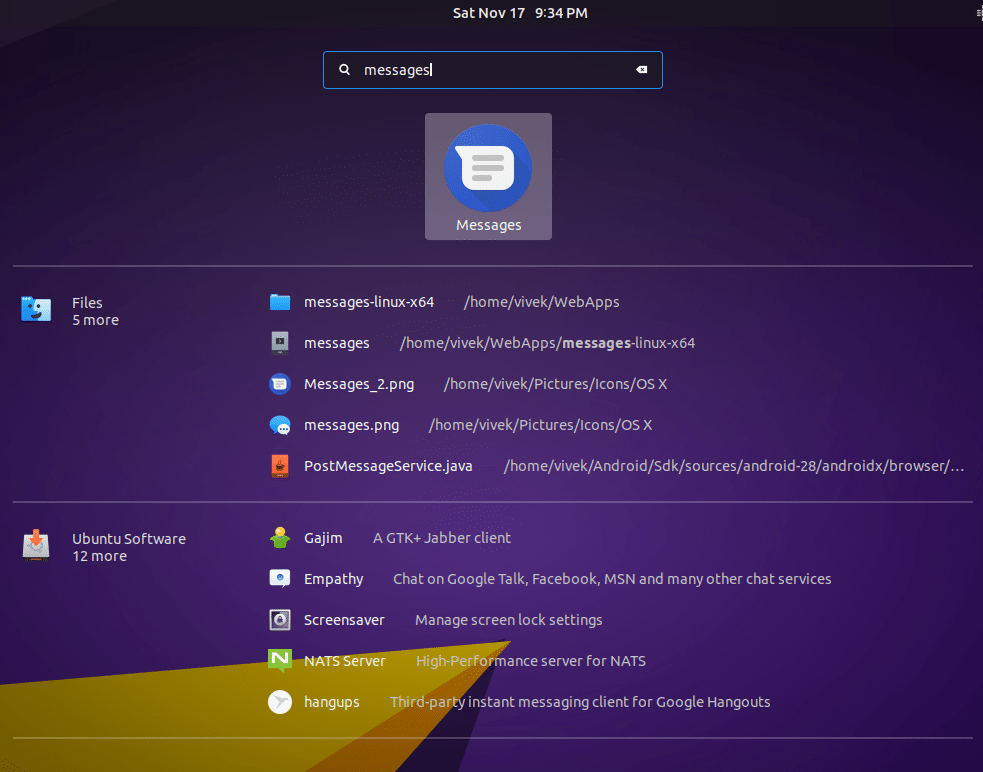Windows users are familiar with the concept of creating shortcuts to apps, files, or folders. Similar functionality is available on Linux but is often not enabled by default. You can have your folder, or file neatly tucked away in another drive or somewhere else, where it needs to be, and still be able to access it from your desktop. Linux uses such shortcuts to launch installed applications. These shortcuts have a .desktop extension and contain information about the app that needs to be launched.
Usually, an app that is installed will automatically create a .desktop file in the right place. Sometimes, they don’t but you can manually create a .desktop file for the app to add it to the app launcher. Let’s see how we can add Linux applications to Launcher by creating a .desktop file.
Unlike Windows, most Linux apps will not ask you to choose the installation location. Unlike Windows, Linux apps aren’t all located in a single program folder. The same apps can have bits and pieces scattered all over the system. The desktop file is simply a shortcut that contains information about the location of an app’s executable file, its name, icon, etc. So today we’ll see how you can create a .desktop file for an app that doesn’t create one on its own. Unfortunately, as you use Linux more and more, you’ll find more and more such apps.
I’ll use the Android Messages app for this demonstration. No, by the way, Android Messages does not have a special app for Linux. You can create one though, using Nativefier. And then you’ll have an executable file that you’ll probably want to add to the app launcher. Chances are if you’re here you probably already have such an app. The .desktop files for all the apps you can see in your app launcher are located generally in “~/.local/share/applications” or “/usr/share/applications/” so that’s where we’ll be placing ours as well.
Related article: 5 Best Application Launchers for Linux
Get an Executable App File
Before we do that, make sure you have an executable file. Sometimes, you may even have to make a file executable to run it. These are usually scripts with a .sh extension. For instance, app.sh. To make it executable, launch the Files app, click on the Files menu in the top bar, and select Preferences. Head to the Behaviour tab and select Run them under Executable Text Files. While you’re at it, also make sure the executable works and launches the app. Double-click it to run it. Once you’re sure the app works, we can create a .desktop file.
Creating a .Desktop File to Add Linux Applications to Launcher
- Launch any text editor and paste the following text into an empty file.
[Desktop Entry] Encoding=UTF-8 Version=1.0 Type=Application Terminal=false Exec=/path/to/executable Name=Name of Application Icon=/path/to/icon
- In the text above, you’ll need to change the red parts with the respective information. The exact path to the executable file, including its name, the name you want to be shown in the app launcher for the app, and an icon of your choice. Look at the screenshot below for reference, where I’ve added my executable file for the Android Messages app, given it the name “Messages” and provided an icon of my choice. Most apps will provide an icon somewhere inside the archive they provide you with. There’s always google to find one on the internet.

- When you’re ready, save the file in the folder
~/.local/share/applications/in your home directory. Give the file any name you want but make sure to end it with .desktop. The .local folder is hidden so you’ll have to enable Show Hidden Files in the Files app. If you want the app to be globally available for every user, you can save the file in/usr/share/applications/sudo mv ~/.local/share/applications/application-name.desktop /usr/share/applications/The above command can be used in a terminal to move the .desktop file saved in the folder
~/.local/share/applications/to the folder/usr/share/applications/. Make sure you replace application-name.desktop with the actual name of the .desktop file.
When you’re done, you should be able to see your applications in the Launcher, regardless of which app launcher you use.
Read next: 5 Best PDF Editors for Linux

